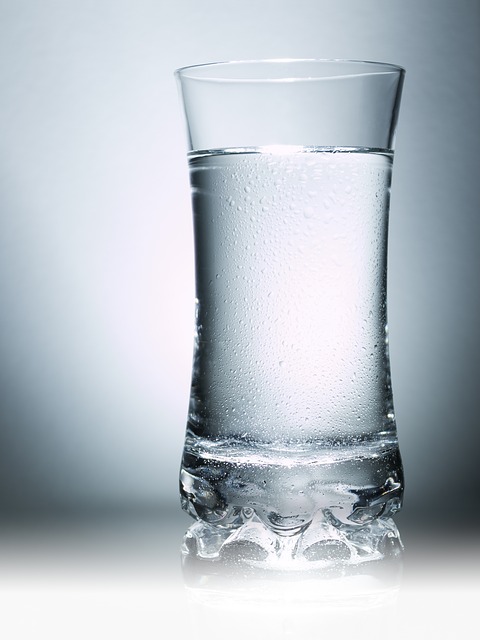|
10 minutes maximum! Can you do it in 5? |
||||||||||||||||||
The energy needed to heat up a substance is given by the formula shown here:
|
ΔQ=m.c.ΔΘ or ΔE=m.c.ΔΘ change in thermal energy = mass x specific heat capacity x temperature change |
|||||||||||||||||
1. This formula should be used when a substance is...
| ||||||||||||||||||
2+3. The image shows a large glass vase holding 2 kg of cold water. Water has a specific heat capacity (c) of 4200 J / Kg 0C. |
 |
|||||||||||||||||
2. The energy needed to heat 2 kg of water by 5 0C is ..
| ||||||||||||||||||
3. If I supply 210 kJ of heat to the same 2 kg of water, how much would the temperature increase?
| ||||||||||||||||||
Q 4-6. These questions are about heating different bars of copper. Copper has a specific heat capacity of 800 J / Kg 0C. What are the missing values? |
 |
|||||||||||||||||
|
||||||||||||||||||
7. Specific Latent Heat is the energy needed for 1 kg of substance to change state. Which of these correctly identifies the change of state? |
Q=mL or E=mL Energy for change in state = mass x specific latent heat |
|||||||||||||||||
| ||||||||||||||||||
8. These ice cubes have a total mass of 100g. The specific latent heat needed to make them change state is 330 kJ / kg. What is the energy needed to make them melt from ice at 0 0C to water at 0 0C? |

Howard wang86 wikimedia commons |
|||||||||||||||||
| ||||||||||||||||||
9. If I supply 1 MJ of energy, roughly how much mass of ice cubes could I melt? (Again all at the melting point - 0 0C).
| 10. When the ice cubes are first taken out of the freezer they are really cold. Which graph best shows the change in temperature as the ice cubes eventually melt and continue to warm up?
| |||||||||||||||||